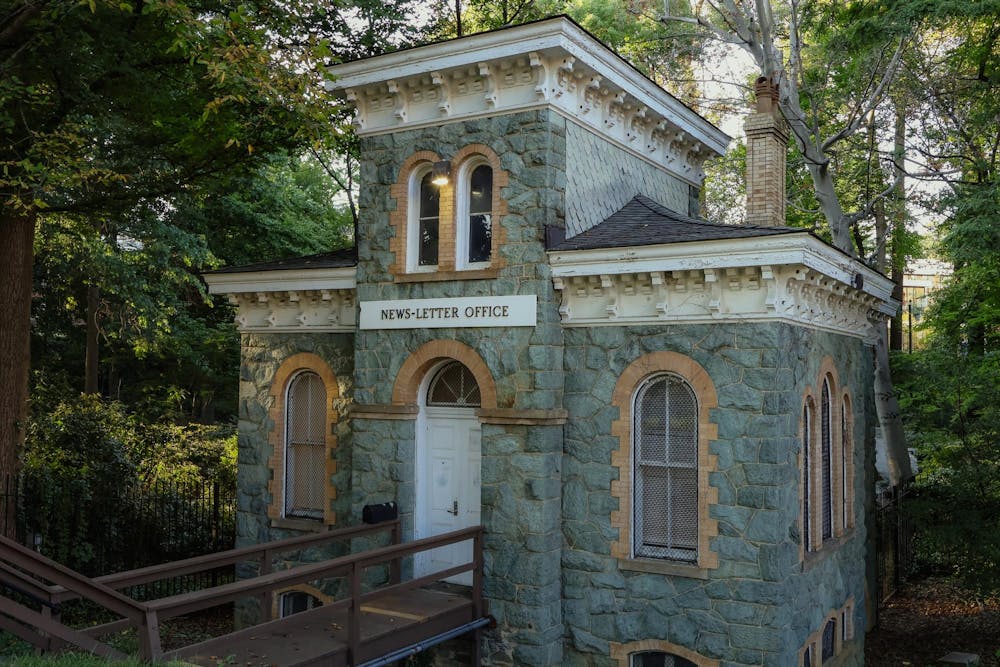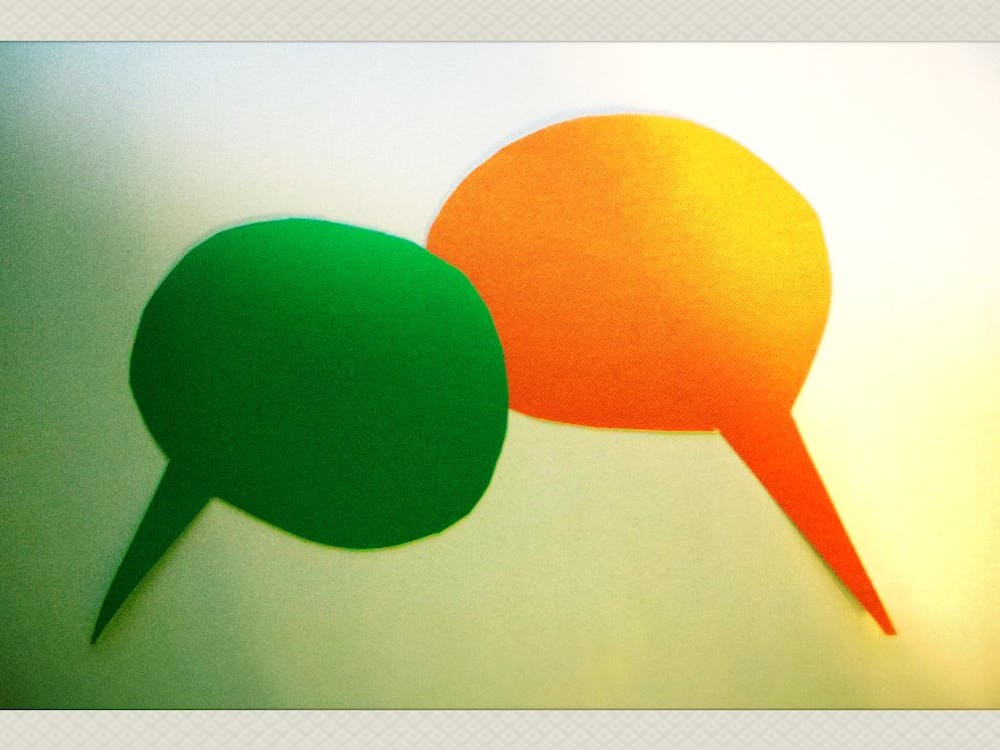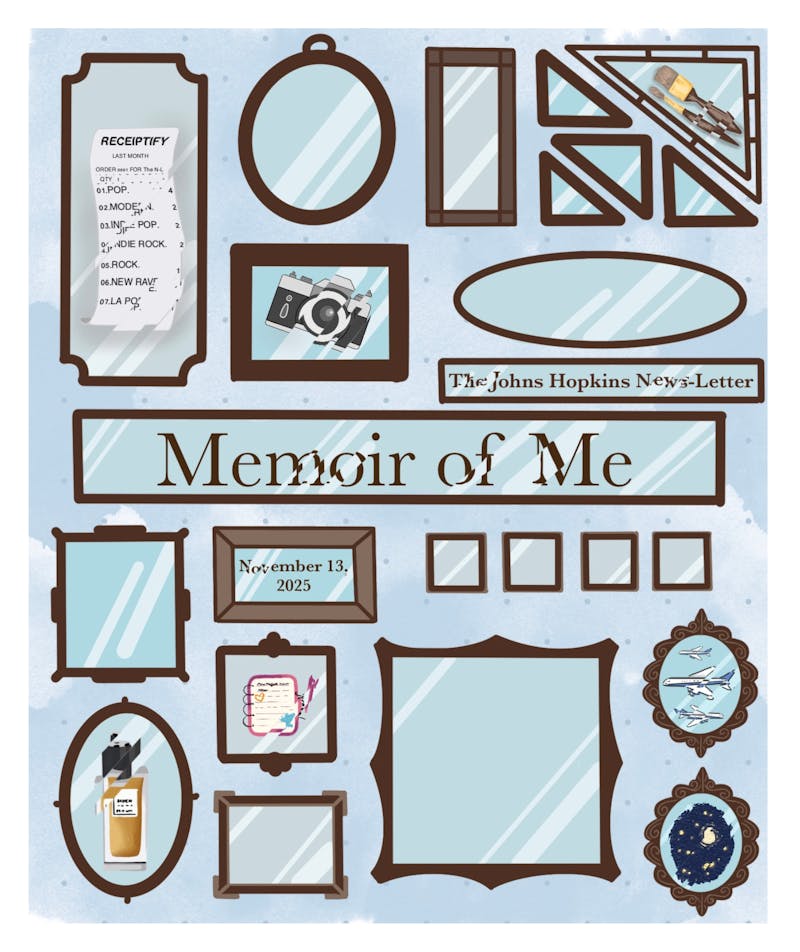What is a public editor, anyways?
When I first applied, I didn’t really know either. On the list of positions at The News-Letter, “Public Editor” caught my eye because there were only a few people that had signed up. The other roles were obvious enough: the Voices Editor handled Voices, the Opinions Editor oversaw Opinions, the News Editor managed News. By that logic, I figured, the Public Editor must be in charge of the “public.”
Out of curiosity, I started digging. It turns out The New York Times once had a public editor, described as someone who “works independently, examining the Times with an eye to protecting journalistic integrity and good practices.” The more I read, the more I realized this wasn’t just another newsroom title.
I also discovered that The News-Letter itself had a public editor many years ago. The position had faded into obscurity, but the precedent was there: an embedded critic, part of the newsroom yet independent from it, asking questions no one else was assigned to ask.
With this background, I started brainstorming and preparing for my interview for my Public Editor role at The News-Letter. Why did I want to become the Public Editor? Why is a Public Editor important?
This is what I came up with:
The Public Editor exists at the intersection of journalism and accountability. Think of them as the representative of readers inside a newsroom — someone whose job isn’t to report news but to question how it’s reported. Are we covering diverse voices? Are we portraying the subjects of our news fairly? Are we clear, accurate and transparent? In major newspaper organizations like The New York Times, the role was created to ensure the public’s trust in an institution that wields the power to shape how people see the world.
At a student newspaper, the role matters for the same reasons, if not more. Students not only rely on The News-Letter to understand what’s happening in their community, but also shape it, react to it and critique it. Having a Public Editor means The News-Letter isn’t just talking to readers, but also with them. It creates a feedback loop: stories spark responses, responses spark reflection and reflection sharpens the work we publish.
Looking back at my first month as Public Editor, it feels like I’m between two worlds: as an outsider, watching from within, but also an insider, watching out. That paradox is exactly what gives the role its value. A public editor is close enough to understand how things are made, but also stands far enough away to ask the questions that might otherwise go unasked.
Appointing a public editor is also a signal. When a paper chooses to appoint a public editor, it tells its readers: We don’t just want your clicks. We want your criticism. We want your questions. We want your trust. I think that this kind of openness is rare, and it’s what turns a student publication into something bigger than just a weekly print cycle. It becomes a community forum.
So, what is a public editor anyways? To me, I think it’s a promise — a promise that The News-Letter will keep listening, keep questioning and keep earning the trust of the people it serves.





